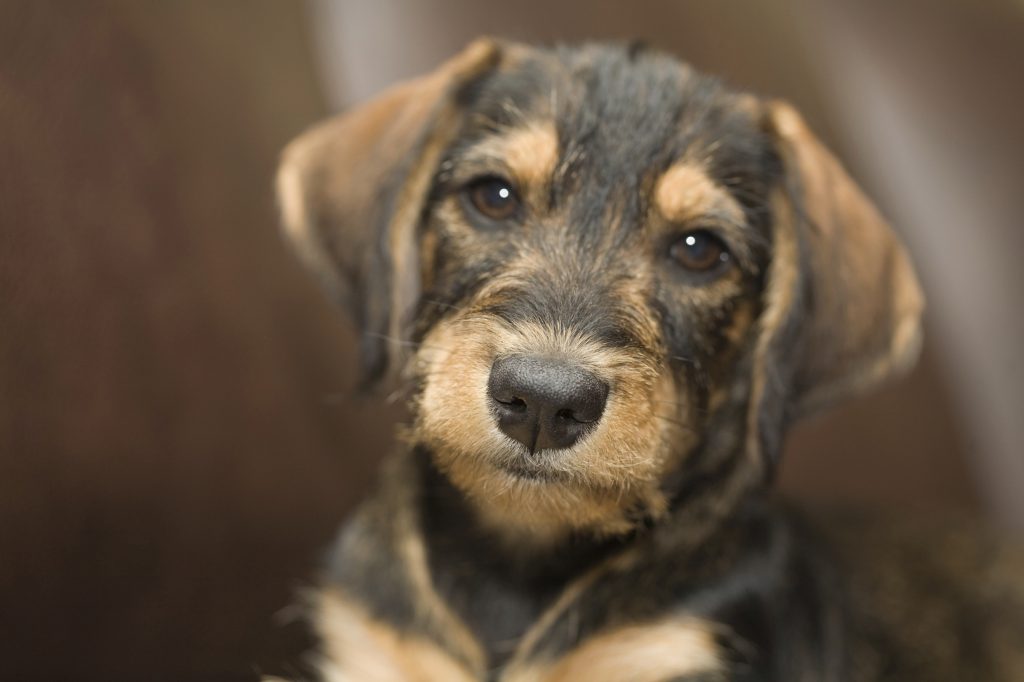Different Perspectives: Understanding the Differences in Animal Vision
 We depend on our senses to help us navigate and understand the world around us, and our animal friends are no different. While our pets use their eyes in a similar fashion as we do, there are some fascinating differences in animal vision versus human vision.
We depend on our senses to help us navigate and understand the world around us, and our animal friends are no different. While our pets use their eyes in a similar fashion as we do, there are some fascinating differences in animal vision versus human vision.
Oakland Veterinary Referral Services invites you take a look at the world through the eyes of your pet.
How Vision Works
The basics of visualizing something are the same among all mammals. People, dogs, and cats all rely on the same visual processes in order to see something.
- Light enters through the cornea (front of the eye)
- Light passes through the lens
- The lens focuses the light onto the retina at the back of the eye
- Cells in the retina collect information from the light and send it to the brain via the optic nerve
The cells in the retina, responsible for interpreting light, are composed of rods and cones. Rods dictate lower light vision and cones perceive color.
Differences in Animal Vision
Despite the similar mechanics of vision, each species uses vision slightly differently, so it makes sense that a cat does not perceive his or her world in the same way a dog does. Differences in vision between species fall into a few main categories:
- Color differences – Humans have three types of cones: red, green, and blue. This means that we see in a broad spectrum of color. Dogs, on the other hand, only have two color-sensing cones, making their vision much like a person with red-green colorblindness. Cats have very few cones, relying on rods to help them hunt in low light. Cats likely see the world in shades of blues and grays.
- Field of vision – Where the eyes are positioned on the head makes a difference in how much of the world an animal sees. This can vary from breed to breed, but dog and cat eyes are positioned widely apart on the head. Because of this key difference, dogs (and to a lesser extent, cats) have better peripheral vision than we do. This is not without a tradeoff, however, as this decreases their field of binocular vision, making their depth perception less acute than ours.
- Visual acuity – While most people have 20/20 vision, dogs don’t need to see so clearly. Our canine companions rely on other senses and see clearly at 20 feet like we do at 75 feet. Cats see the world much closer to our 20/20 range of vision, but beat us every time when it comes to quickly focusing on something at close range.
Vision is important to all species. Whether you need it to complete your tax return, retrieve a duck, or pounce on that ever-annoying laser pointer light beam, we all depend on our eyes to keep us safe and enriched.
If you think your pet may be having vision problems, be sure to let us know right away. Taking good care of your pet’s eyesight is important, no matter how you look at it.


